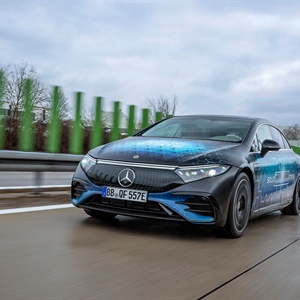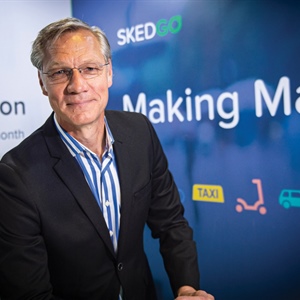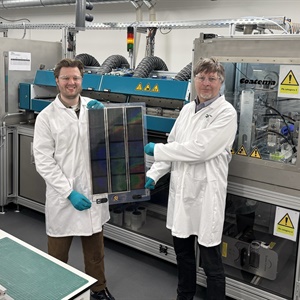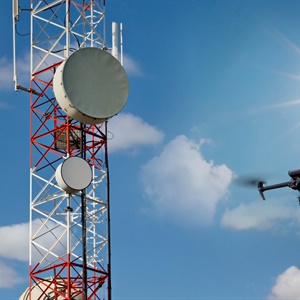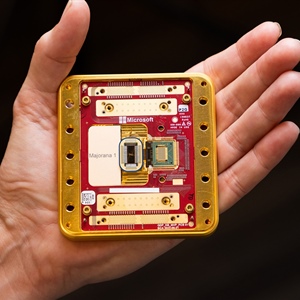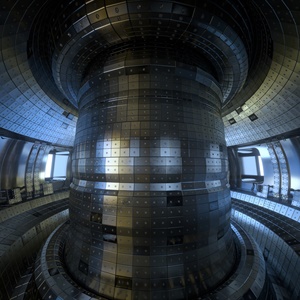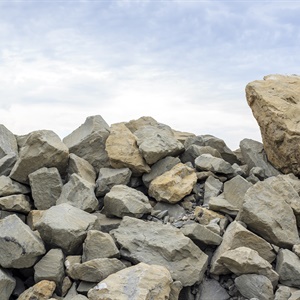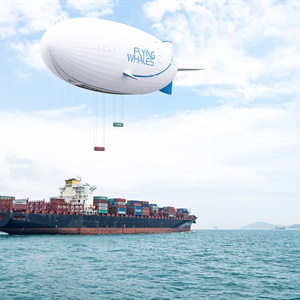Electrification to drive 60% of UK’s carbon cuts by 2040, say climate advisors
The government’s climate advisors have said that electrifying key parts of the UK economy will be responsible for an estimated 60% of the planned cuts to carbon emissions by 2040. The Climate Change Committee (CCC) has presented its recommendations on how to achieve this goal, which include broad uptake of electric vehicles (EVs) by consumers and business as well as the mass installation of heat pumps. It said that near-term investments in the low-carbon economy would yield savings later on, and that by 2050 household energy bills could be £700 cheaper than today, with household driving bills also predicted to be £700 cheaper. Energy price shocks have been responsible for over half of recessions since the 1970s, but it said a decarbonised electricity system would hedge against major spikes…


